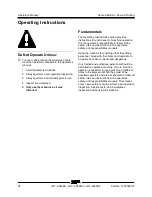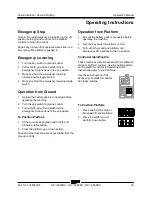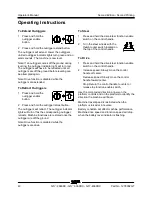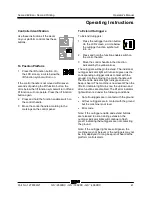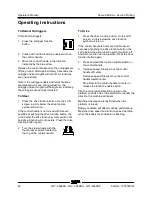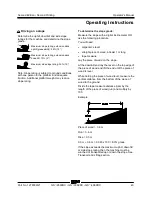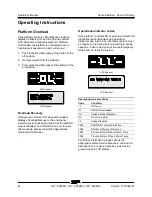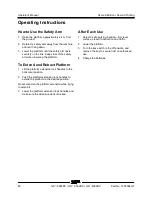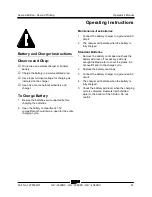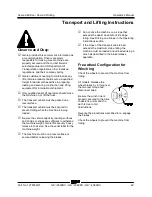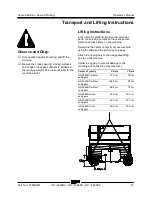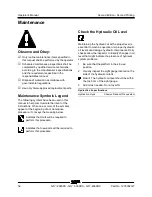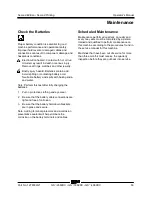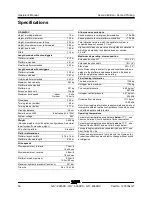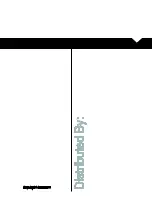
Second Edition • Second Printing
Operator's Manual
Transport and Lifting Instructions
Part No. 1278002GT
GS
™
-2669DC • GS
™
-3369DC • GS
™
-4069DC
49
Trans port and Lifti ng I nstr ucti ons
Observe and Obey:
Genie provides this securement information as
a recommendation. Drivers are solely
responsible for making sure machines are
properly secured and the correct trailer is
selected pursuant to US Department of
Transportation regulations, other localized
regulations, and their company policy.
Genie customers needing to containerize any
lift or Genie product should source a qualified
freight forwarder with expertise in preparing,
loading and securing construction and lifting
equipment for international shipment.
Only qualified aerial lift operators should move
the machine on or off the truck.
The transport vehicle must be parked on a
level surface.
The transport vehicle must be secured to
prevent rolling while the machine is being
loaded.
Be sure the vehicle capacity, loading surfaces
and chains or straps are sufficient to withstand
the machine weight. Genie lifts are very heavy
relative to their size. See the serial label for the
machine weight.
The machine must be on a level surface or
secured before releasing the brakes.
Do not drive the machine on a slope that
exceeds the uphill, downhill or side slope
rating. See Driving on a Slope in the Operating
Instructions section.
If the slope of the transport vehicle bed
exceeds the maximum slope rating, the
machine must be loaded and unloaded using a
winch as described in the brake release
operation.
Free-wheel Configuration for
Winching
Chock the wheels to prevent the machine from
rolling.
All models: Release the
wheel brakes by turning over
the two rear torque hub
disconnect caps.
Be sure the winch line is
properly secured to the drive
chassis tie points and the
path is clear of all
obstructions.
Reverse the procedures described to re-engage
the brakes.
Chock the wheels to prevent the machine from
rolling.




